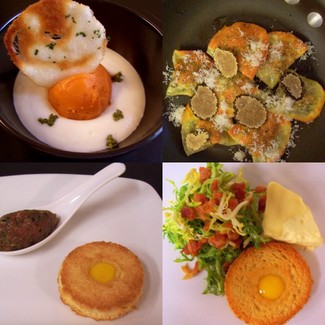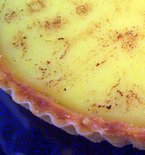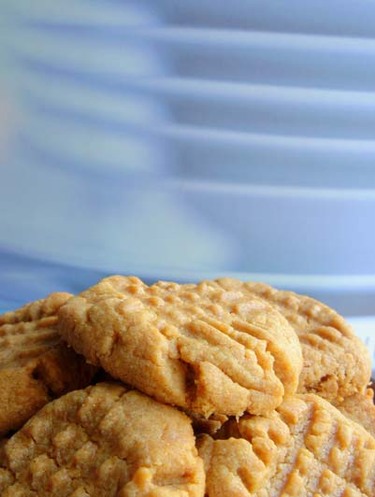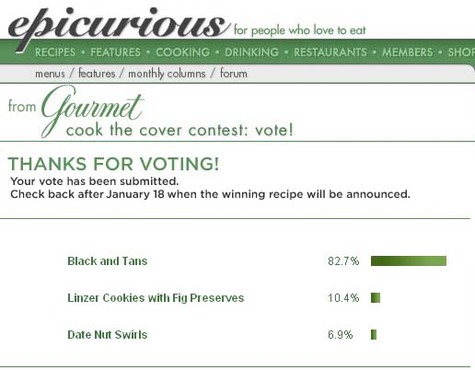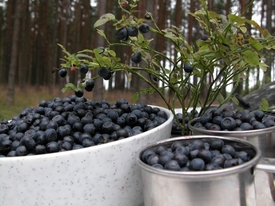Over the weekend , after a long overdue massage, I ducked in out of the cold rain and into Eliza's for takeout. The Chinese restaurant's entry way was adorned with pomelos, tangerines and oranges. As I stood waiting for my soup and dumplings a member of the wait staff came over. Turns out that tangerines and oranges are presented during Chinese New Year as the words for tangerine and orange sound like luck and wealth, respectively. Pomelos, the forebearer of the tiny grapefruit symbolize abundance, and sounds like the word for "to have."
 According to the Chinese today marks the new year 4703. The celebration, also known as the Spring Festival continues for 29 days. In the Chinese calendar there are three ways to name the year. Numerically, by mascot, (12-year cycle) we are at the start of the Year of the Dog and lastly by it's formal name Bingxu, which is part of the ‘Stem-branch’ system (60- year cycle (2006 is the 7th year of the current cycle). The calendar is based on lunar and solar rhythms. The Spring festival historically celebrates the earth coming back to life as it's also the start of ploughing and the sowing of seeds.
According to the Chinese today marks the new year 4703. The celebration, also known as the Spring Festival continues for 29 days. In the Chinese calendar there are three ways to name the year. Numerically, by mascot, (12-year cycle) we are at the start of the Year of the Dog and lastly by it's formal name Bingxu, which is part of the ‘Stem-branch’ system (60- year cycle (2006 is the 7th year of the current cycle). The calendar is based on lunar and solar rhythms. The Spring festival historically celebrates the earth coming back to life as it's also the start of ploughing and the sowing of seeds.
The custom and the food on New Year's Eve is deep and closely observed. Two of the most traditional foods one will find are a type of dumpling and a savory 'cake.' The former, according to Asia Recipe, is one of the most popular dishes served in Northern China are dumplings shaped like a crescent moon and boiled in water called, jiaozi. China Daily, recounts that "dumplings were first known in China some 1,600 years ago. The Chinese pronunciation of Jiao Zi means midnight or the end and the beginning of time. According to historical records, in ancient times people from both north and south ate dumplings on Chinese New Year's Day." The name in Chinese literally means "sleep together and have sons."
Today however, perhaps because Southern China produces more rice than other regions, they prepare nian gao, a sweet-sticky glutinous "cake" made from rice flour and sugar. It looks a bit a kind of glutinous white cake in the shape of rectangle. Oliva Wu, in a Feb, 2005 SF Chronicle article, describes it as a "cousin to Japanese mochi and Korean dduk. Those who know the characteristic chewy-gooeyness of those foods as well as many of the Thai, Indonesian and Southeat Asian sweets, will be perfectly at home with the Chinese New Year Cake."
As with most cultural traditions there is an abundance of food served up most of it signaling plentiness, luck and wealth. Other customs include serving chicken presented with a head, tail and feet to symbolize completeness. Noodles should be uncut, as they represent long life.
Festivities come to a close with the Yuan Xiao Festival, or Lantern Festival. During this festival another type of dumpling is eaten. Fillings inside the dumplings called Yuan Xiao can be sweet or salty. Sweet fillings are made of sugar, walnuts, sesame, osmanthus flowers, rose petals, sweetened tangerine peel, bean paste, or jujube paste. {Ed note: how fragrant!}. The savory variety is filled with minced meat, vegetables or a mixture.
Curiosity about the tradition and the food made me wander some on this holiday. Now it's time to put some won ton wrappers to use.



